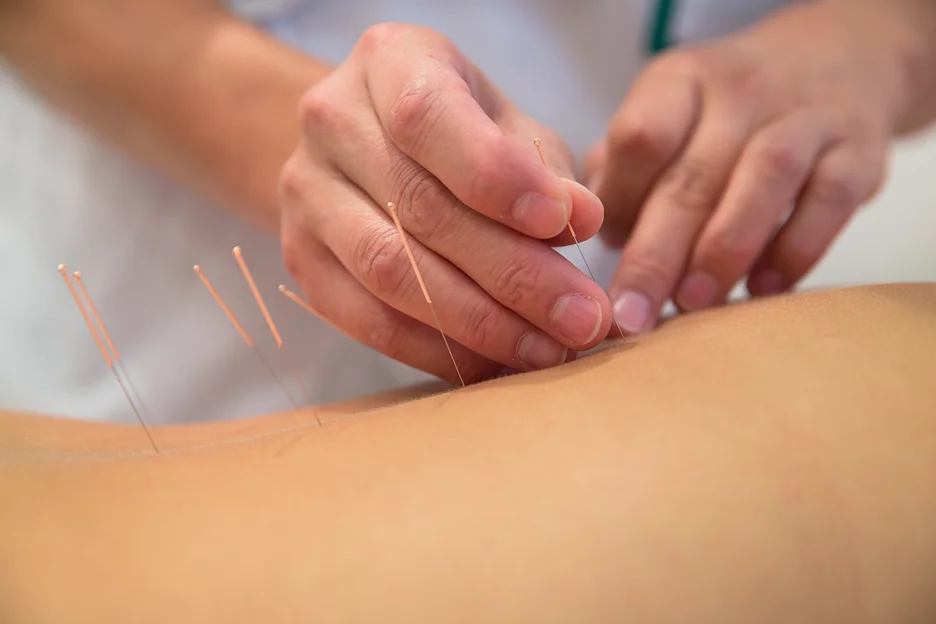Uncover the causes, remedies, and prevention tips. Stand tall without the ache – learn how with our comprehensive guide!
Like Atlas burdened with the weight of the heavens, you feel the pressure on your lower back every time you stand. It’s more than just an annoyance; it’s a common thread that ties you to countless others who understand the ache.
In this guide, we’ll explore everything you need to know about lower back pain when standing. We’ll cover the why’s, from poor posture to underlying health conditions, and arm you with knowledge and strategies to alleviate your discomfort.
You’re part of a community seeking answers and relief, and here, we’re diving into the heart of the matter together. Let’s take this step by step, learning how to stand strong and pain-free, because your back’s got a long journey ahead, and it deserves the best care you can give.
What is Postural Stress?

Postural stress is often the culprit behind your lower back pain when standing, as it puts unnecessary strain on your spine and surrounding muscles.
Consider making lifestyle changes that promote pain management. Simple adjustments, such as mindful posture, can make a world of difference. Add physical therapy exercises into your routine to strengthen those core muscles.
If you’re seeking a healthcare professional to address your back pain, Kaly’s platform can guide you to the right expert with verified reviews to ensure you get the best care possible. It’s like finding a community that’s got your back—literally.
You’re not alone in this; there’s a whole network of support waiting to help you stand tall without the ache. Join the Kaly family and stand up to back pain today!
Identifying Common Causes
Understanding the root of your lower back pain when you’re on your feet is crucial to finding relief. It often stems from several common issues such as muscle strain, spinal conditions, or even your day-to-day habits.
- Feeling the sharp twinge of muscle strain as you reach for something high.
- The unyielding ache of chronic pain that lingers like an unwelcome guest.
- Sciatica sends shocks of nerve pain down your leg with each step you take.
- Calculating the right dosage of rest and activity to balance efficacy with recovery.
If you’re puzzled by persistent back pain, Kaly’s platform can connect you with top-rated healthcare providers to uncover and address the underlying causes. Knowing is the first step to healing.
Implementing Self-Care Strategies
Self-care is your personal health ally, empowering you to alleviate lower back pain with strategies tailored to your lifestyle and needs.
Let’s face it – no one knows your body like you do. By adopting self-care strategies, you’re taking control of your pain management and stepping towards a better quality of life.
Regular exercise, especially low-impact activities, can strengthen those back muscles and keep you limber. Remember to listen to your body; it’s okay to start slow.
Self-care isn’t just about physical health – it’s also about giving yourself permission to rest and recover. You’re not alone in this; we’re all striving for that pain-free life. So, why not start today?
Need guidance on the best self-care strategies for you? Kaly connects you with healthcare providers who can help. Find your perfect match on Kaly now!
Exploring Alternative Therapies

Why not consider alternative therapies that may offer relief if your lower back pain persists despite traditional self-care methods?
You’re not alone on this journey, and there’s a community of people exploring options beyond the usual treatments.
- Imagine the tranquility of acupuncture needles targeting pressure points to ease your discomfort.
- Visualize a chiropractor’s skilled hands realigning your spine with precision.
- Picture the warm, soothing sensation of a therapeutic massage melting away the tension.
- Envision practicing yoga poses that strengthen your core and improve your posture.
Seeking Medical Treatment Options
In light of your ongoing discomfort, it’s time to consider medical treatment options that can provide the more targeted relief you need for your lower back pain.
If you’re grappling with neuropathic pain, a prescription medication like gabapentin might be suggested by your healthcare provider. This drug has helped many in the community find some respite from the nerve-related agony that just doesn’t seem to let up.
However, it’s important to discuss potential side effects with your doctor, ensuring you’re fully informed before starting any new treatment.
Remember, exploring treatment options is a proactive step towards regaining control over your health and feeling like yourself again. Don’t hesitate to reach out for that helping hand.
Looking for a healthcare provider to discuss gabapentin or other treatment options? Kaly can connect you with professionals who understand your pain.
Knowing When to Consult a Doctor
After trying home remedies without relief, it’s time to consult a doctor for your persistent lower back pain.
Standing shouldn’t be a source of distress, and if it’s turning into a chronic issue, professional insight is crucial. Lower back discomfort can lead to more serious problems such as nerve damage or even disability if left unchecked.
Here’s when to pick up the phone:
- Your muscle pain becomes a daily hurdle.
- You feel joint pain that doesn’t improve with rest.
- Signs of nerve damage, like tingling or weakness, emerge.
- Pain persists for weeks, hinting at a possible chronic disease.
Take charge of your back, and you’ll be back on track

There you have it—you’re now equipped with the know-how to tackle that pesky lower back pain. Remember, posture’s key, and self-care’s your new best friend.
Don’t shy away from exploring alternative therapies, and if things get hairy, a doc’s visit is a smart move.
Stay consistent, listen to your body, and you’ll be standing tall and pain-free in no time.
